Halibedu (Karnataka)
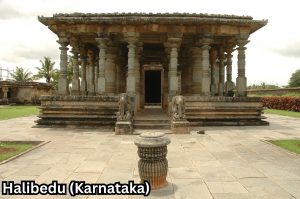 |
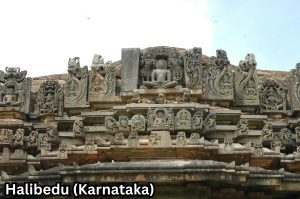 |
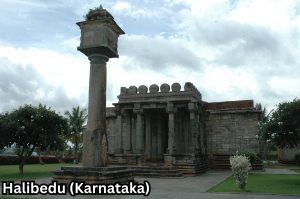 |
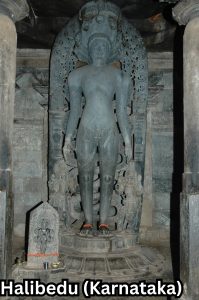 |
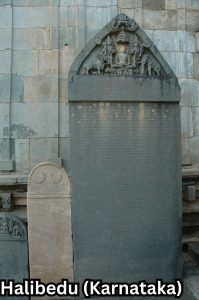 |
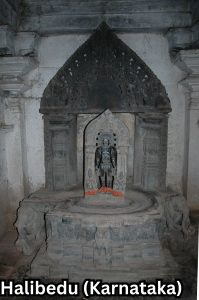 |
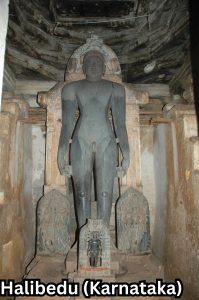 |
 |
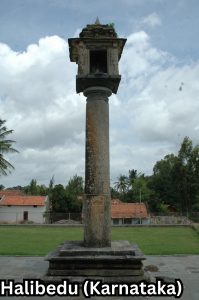 |
History Halebidu (or Halebidu or Halebid) was the capital of Hoysala Kings and was called as Dwarasamudra or Dorasamudra, meaning an entrance to the ocean. It is stated that the Hoysala dynasty came to power with the blessing of a Jain ascetic.
Bittideva was a follower of Jainism earlier before reposing his faith to Vaishnavism under the influence of Saint Ramanuja. However his queen, Shantala Devi remained Jain and helped in the construction of many Jain temples.
The city is famous for the architecturally rich temples constructed during the 12 Century AD by the Hoysalas. The Hoysaleshwara and Kedareshwara temples stand as a testimony to this.
However, during the Muslim invasions led by Malik Kaufar in the 14th century the city was invaded and the carvings and many idols in and around the temple were destroyed and fell into a state of disrepair.
The word Halebidu means ‘old capital or is also said to have got this name since it was destroyed and there by contributing to its name made up of two words “Halada – destroyed and ‘Bidu’ – City. meaning a destroyed city.
Jain Temples – We can find three The three Jain temples at Halebidu, all constructed with is a single complex by queen Shantaladevi in the 12 Century. The attractive mantapa at the entrance to the temples gives us a glimpse of the rich architectural beauty of the Hoysalas.
On th entering the mantapa we find a huge open area with a well maintained garden. The three temples that are spread out in this area. We can find the Parshwanatha, Adinatha and Shanthinatha temples in the complex.
Parshwanatha Temple – The Parshwanatha temple has a spacious navaranga with attractively carved pillars. They give diffrent kinds of reflections and stand as a challenge to the modern science. We can find many stone inscriptions in the temple premises describing the history of the temple.
The 18 feet high Parshwanatha idol is the main deity of the temple has been ruined and hence no poojas are offered to this idol.
Adinatha Temple – This temple is centrally located in between the Parshwanatha and Shanthinatha temples. This a comparatively smaller structure in contrast to the other two. The main deity Adinatha is about 2 feet high.
Shanthinatha Temple – This temple has the 18 feet high idol of Lord Shanthinatha as the main deity. A Manasthamba is found installed in front of the Shanthinatha temple. The head anointing ceremony rituals are performed to the idol annually as a part of the annual pooja mahotsava.
The Jain Samaj of Hassan organises the annual poja mahotsava under the guidance of His Holiness Swasti Sri Devendrakeerthi bhattarakha Swamiji of the Humcha Jain Mutt.
Archeological Museum – A good archeological museum has been maintained at Halebidu by the Archeological Survey of India. We can find numerous Jaina idols over here. The 16 feet high ruined idol of Bhagawan Parshwanatha is installed in the center of the garden in the museum.
How to Reach – Halebidu is 34 Kms from Hassan, 17 Kms from Belur and 190 Kms from Bangalore. The boarding facilities are available at the government guest house in Halebidu.
